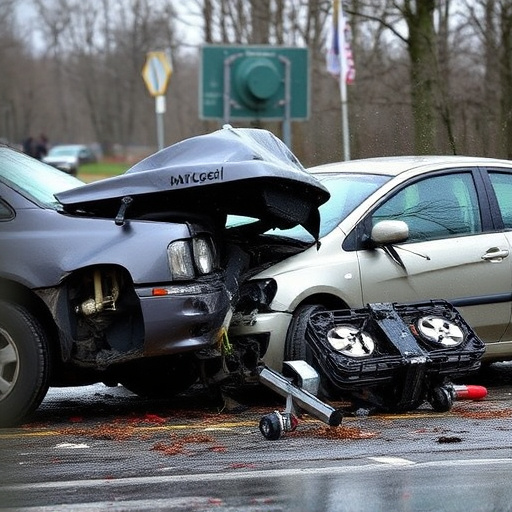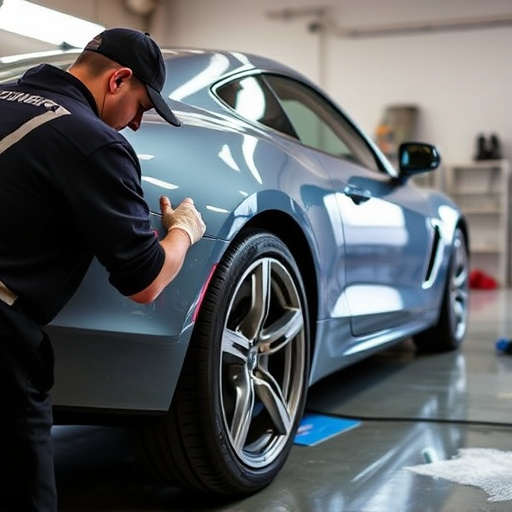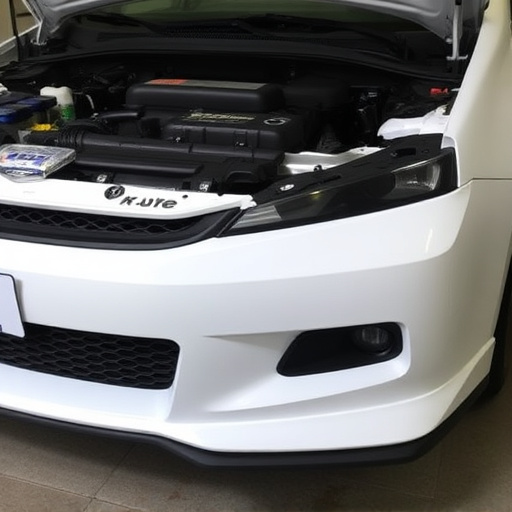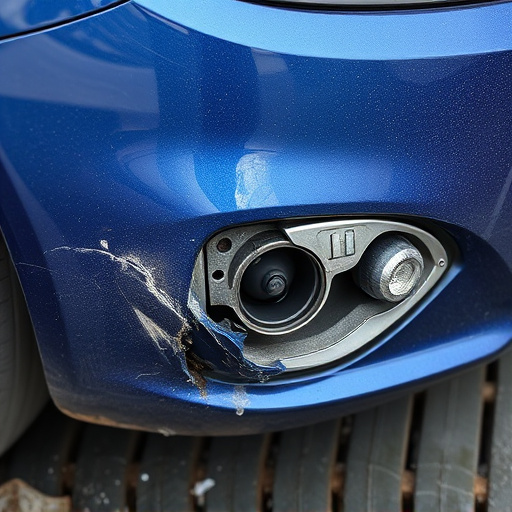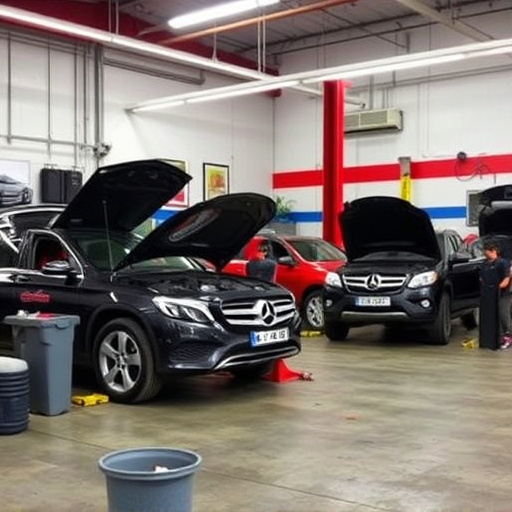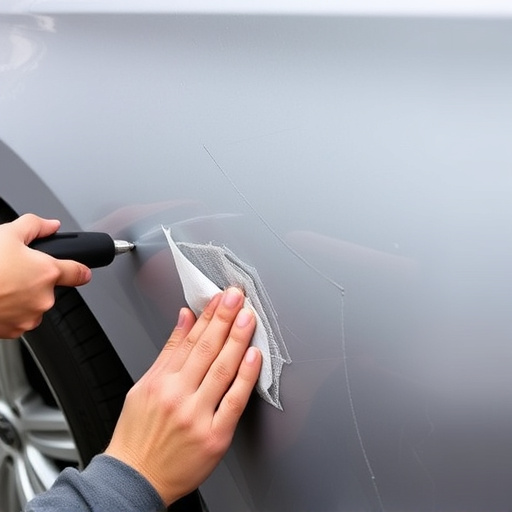The post-repair safety inspection is crucial for Mercedes Benz and other complex airbag systems, ensuring compliance with safety standards and identifying potential issues missed during initial repairs. This meticulous process includes functional testing of airbags, sensors, inflators, and modules, preventing future accidents and malfunctions. By confirming correct operation and structural integrity, these inspections enhance passenger protection and contribute to overall vehicle safety, with Mercedes Benz repair shops integrating them for high-end vehicle quality control.
In the automotive industry, ensuring airbag safety is paramount. A crucial step often overlooked is the post-repair safety inspection following any vehicle repair, especially for airbag systems. This comprehensive process verifies the integrity and functionality of airbags, identifying potential issues that may have arisen during the repair process. By implementing rigorous post-repair safety inspections, mechanics can guarantee airbag effectiveness, enhancing passenger safety and providing peace of mind on the road.
- Understanding Post-Repair Safety Inspection: A Comprehensive Overview
- The Vital Role of Post-Repair Inspections in Airbag Functionality Assessment
- Best Practices and Benefits: Ensuring Airbag Safety Through Rigorous Post-Repair Checks
Understanding Post-Repair Safety Inspection: A Comprehensive Overview

Post-repair safety inspection is a crucial step that ensures vehicles, particularly those with airbag systems like Mercedes Benz repairs, are safe to be back on the road. It involves a comprehensive and thorough check of various components, including airbags, after any repair work has been completed. This process goes beyond simple visual inspections; it includes testing and verifying the functionality of critical safety features such as sensors, inflators, and the airbag module itself.
In an auto body shop or auto repair shop, a post-repair safety inspection is not just about meeting legal requirements but also ensuring customer safety. It helps identify any potential issues that might have been overlooked during the initial repair process. For example, in Mercedes Benz repairs, where precision and quality are paramount, this inspection can confirm that all parts are correctly installed and integrated into the vehicle’s systems, thereby preventing future accidents or malfunctions.
The Vital Role of Post-Repair Inspections in Airbag Functionality Assessment

Post-repair safety inspections play a pivotal role in ensuring the optimal functionality of airbags in vehicles. After any repair or replacement of vehicle components, including the auto body shop work on the bodywork and possibly auto painting, it’s crucial to assess if the airbag system is ready for deployment. These inspections are essential as they verify that all parts involved in an airbag’s mechanism are in good working order and compatible with one another.
During these checks, professionals examine various elements such as sensors, inflators, and the airbag module itself. They ensure that the airbag can deploy correctly and safely when needed, protecting passengers and drivers effectively. By conducting thorough post-repair safety inspections, auto body shops can identify any potential issues early on, thereby enhancing overall vehicle safety.
Best Practices and Benefits: Ensuring Airbag Safety Through Rigorous Post-Repair Checks

Post-repair safety inspection is a crucial step in ensuring that airbag systems function optimally and safely after any repair or modification. Best practices involve rigorous checks that go beyond basic visual inspections. Technicians should verify proper airbag deployment mechanisms, including sensors, inflators, and the structural integrity of the vehicle’s cabin. This includes meticulous frame straightening to maintain the original crash safety design.
The benefits are manifold: enhanced passenger safety, reduced risk of secondary accidents due to defective airbags, and ensuring that vehicles meet regulatory standards. Regular post-repair checks also serve as a quality control measure for tire services, critical components that can affect overall vehicle stability. For instance, Mercedes Benz repair shops have recognized the importance of these inspections in maintaining their reputation and ensuring customer satisfaction, especially with high-end vehicles where even the slightest deviation from factory specifications can be detrimental.
Post-repair safety inspections are not just recommended, they are essential for ensuring airbag functionality and passenger safety. As previously mentioned, these thorough checks play a vital role in identifying potential issues and ensuring that airbag systems operate effectively following repairs. By adopting best practices and implementing rigorous post-repair inspection protocols, automotive professionals can confidently restore vehicles to safe operating conditions. This critical step in the repair process not only protects the well-being of drivers and passengers but also helps maintain the integrity of the vehicle’s safety system.


